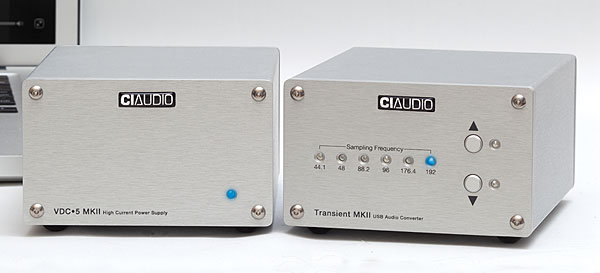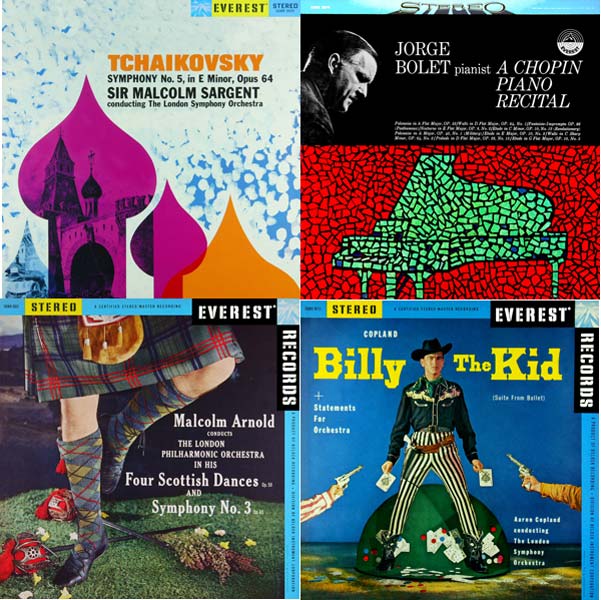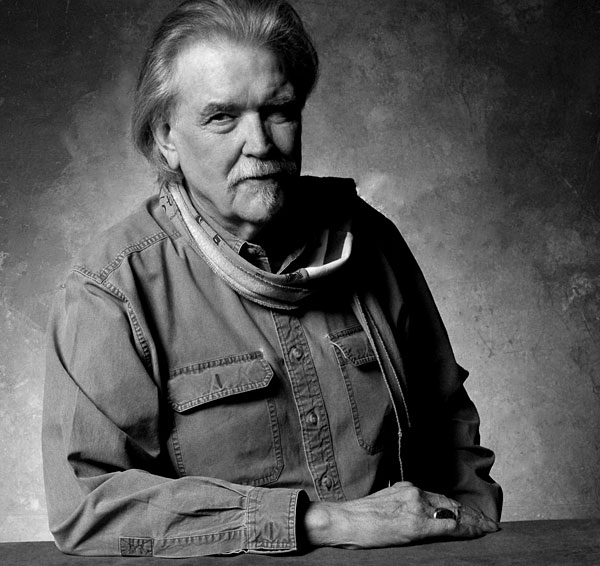
ASUS Xonar Essence One Muses Edition D/A processor–headphone amplifier
ASUS Xonar Essence One Muses Edition D/A processor–headphone amplifier

- Read more about ASUS Xonar Essence One Muses Edition D/A processor–headphone amplifier
- Log in or register to post comments



